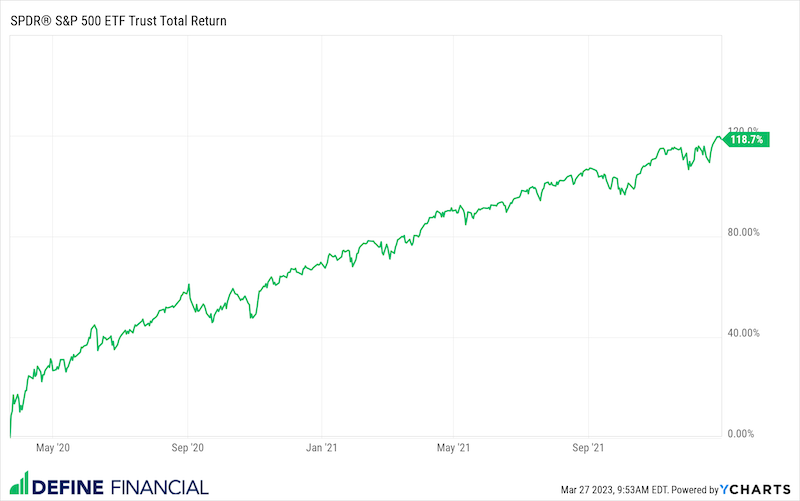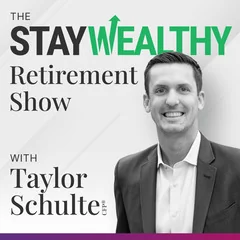Today I’m talking about the current banking crisis.
Why?
Silicon Valley Bank (SVB) and Signature Bank were the 2nd and 3rd largest bank failures in history, respectively.
In addition to explaining how we got here and why these banks collapsed…
…I’m answering three (3) important questions that retirement investors are asking.
Key Takeaways
- Is this a repeat of 2008/2009?
- Is your money safe? Should you be worried that your bank is next?
- What about cash in your investment accounts? Is that protected?
If you’re ready to understand what this banking debacle means and what to do in response, today’s episode is for you.
Need Tax + Retirement Planning Help?
We specialize in helping people aged 50+ lower taxes, invest smarter, and (safely) create a retirement paycheck.
Our Free Retirement Assessment™ will answer your BIG questions and help you properly evaluate our firm.
Click the banner below to learn more. 👇
How to Listen to Today’s Episode
🎤 Click to Listen via Your Favorite Podcast App
Episode Resources
- Subscribe to the Stay Wealthy Newsletter! 📬
- Where $5 Trillion in Government Stimulus Money Went [NYT]
- Largest Bank Failures in History [Visual Capitalists]
- SVB is Bankrupt: What Really Happened [Cullen Roche]
- Two Worlds [Morgan Housel]
- Fidelity Treasury Money Market Fund [FZFXX]
- Fed Funds History [Forbes]
- MaxMyInterest:






